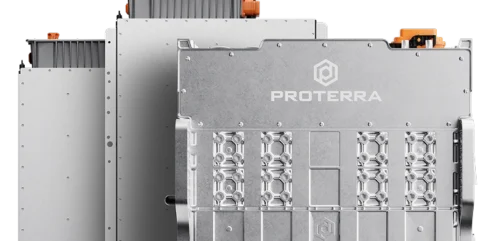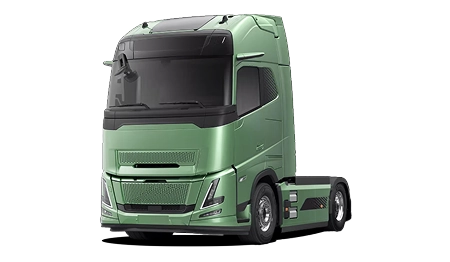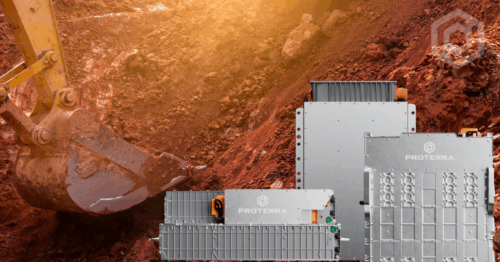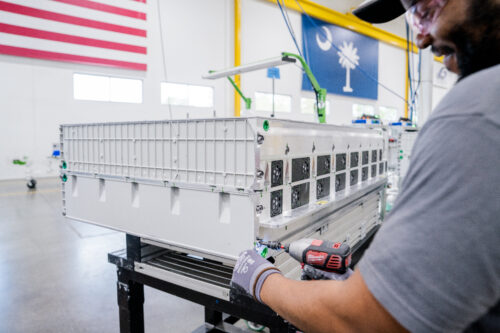How to Choose the Right Battery Pack for Heavy-Duty Equipment
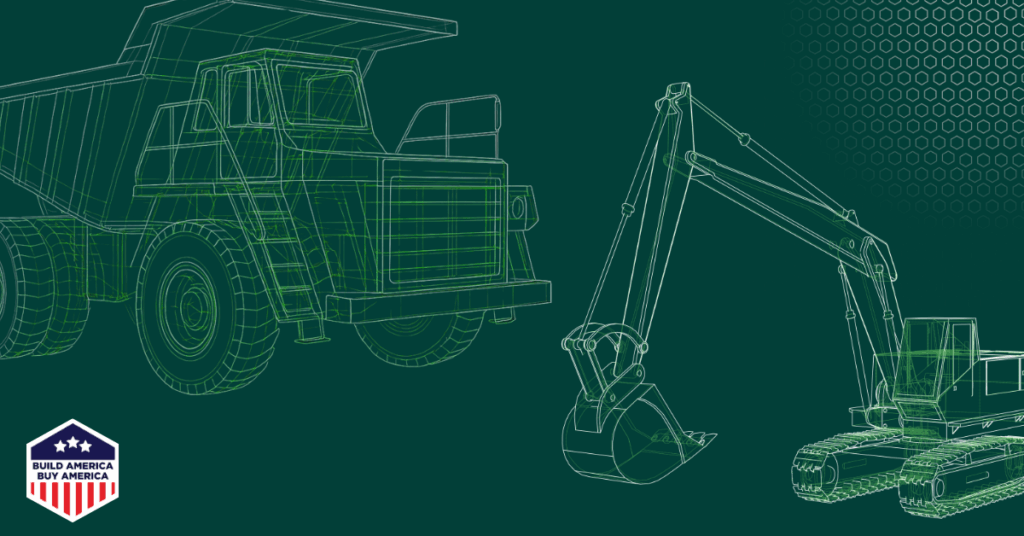
Electrifying heavy-duty equipment isn't just about swapping out a diesel engine for a battery, it's about engineering a power solution that matches the intensity of your operation. Whether you're running construction equipment on job sites, powering material handlers in distribution centers, or operating mining equipment in demanding environments, the battery pack you choose will determine whether your electrification delivers on its promise or falls short when you need it most.
At Proterra, we've powered over 2,000 commercial vehicles and equipment through more than 50 million service miles. That real-world experience has taught us exactly what it takes to match battery technology to the toughest applications.
Here's how to evaluate your needs and select a battery solution that performs.
Start with Your Operational Profile
Before evaluating battery specifications, you need a clear picture of how your equipment actually works. The right battery pack begins with understanding your application's unique demands.
Daily Energy Requirements: Calculate the total energy your equipment consumes during a typical operating cycle. Factor in variations between light and heavy workdays; your battery needs to handle peak demand, not just average use.
Duty Cycle Intensity: How hard does your equipment work, and for how long? A refuse truck that runs constant stop-and-go routes with frequent hydraulic lifts has vastly different power demands than a yard truck shuttling trailers in a depot. High-intensity applications require battery packs engineered for sustained high performance.
Operating Environment: Temperature extremes, vibration, dust, moisture - Heavy-duty equipment operates in conditions that would cripple consumer-grade battery technology.
Charging Infrastructure: When can you charge, and for how long? Some operations have overnight charging windows - others need opportunity charging during breaks or shift changes. Your battery pack must align with your charging reality, not an ideal scenario.
Key Performance Specifications That Matter

Once you understand your operational profile, you can evaluate battery packs against the specifications that actually drive performance in heavy-duty applications.
Energy Capacity (kWh): This determines your range and runtime. But bigger isn't always better. Oversizing adds weight, cost, and complexity without delivering proportional benefits. The right capacity provides the energy you need with appropriate reserve margins, commonly 10-20% beyond your calculated daily requirements but can vary from situation to situation.
Power Output (kW): Continuous and peak power ratings tell you whether a battery can deliver the muscle your equipment demands. Underpowered batteries struggle during high-demand operations, leading to performance degradation and shortened lifespan.
Charge and Discharge Rate (C-Rate): If you need to recharge quickly during breaks (opportunity charging), your battery pack must support fast charging without compromising safety or longevity. Charging C-rate's directly impact operational flexibility. Some intense applications need extreme regenerative breaking capabilities (mining trucks, etc.) which can’t be achieved without a high C-Rate. Hybrid and Fuel Cell Electric systems often have the majority of energy stored in a fuel or Hydrogen tank, and utilize smaller batteries which need higher Discharge rates to handle the work of driving electric motors. The mix of both will determine your battery .needs based on the machine’s environment and demands
Cycle Life: This is how many charge-discharge cycles can the battery handle before capacity degrades. In heavy-duty applications, you need a battery management system designed for thousands of cycles, anything less means premature replacement and unexpected downtime.
Thermal Management: Extreme heat or cold can be the enemy of battery performance and longevity. Advanced thermal management systems maintain optimal operating temperatures even during sustained high-power operations, protecting your investment and ensuring consistent performance.
Integration: The Hidden Critical Factor
A battery pack doesn't operate in isolation; it's part of an integrated powertrain system. The most powerful battery in the world won't deliver results if it can't communicate effectively with your equipment's control systems, motor controllers, and charging infrastructure.
System-Level Design: Look for battery solutions that include integrated Battery Management Systems (BMS) capable of sophisticated monitoring, balancing, and protection. The BMS is the brain that keeps your battery operating safely and efficiently across its entire service life.
Mechanical Integration: How does the battery pack fit your equipment's chassis? Weight distribution, mounting points, and space constraints all affect both performance and safety. Application specific solutions often outperform off-the-shelf alternatives because they're optimized for your specific platform.
Communication Protocols: Your battery needs to speak the same language as your equipment. Ensure compatibility with industry-standard communication (like J1939) protocols and verify that the battery can provide the real-time data your operators and maintenance teams need.
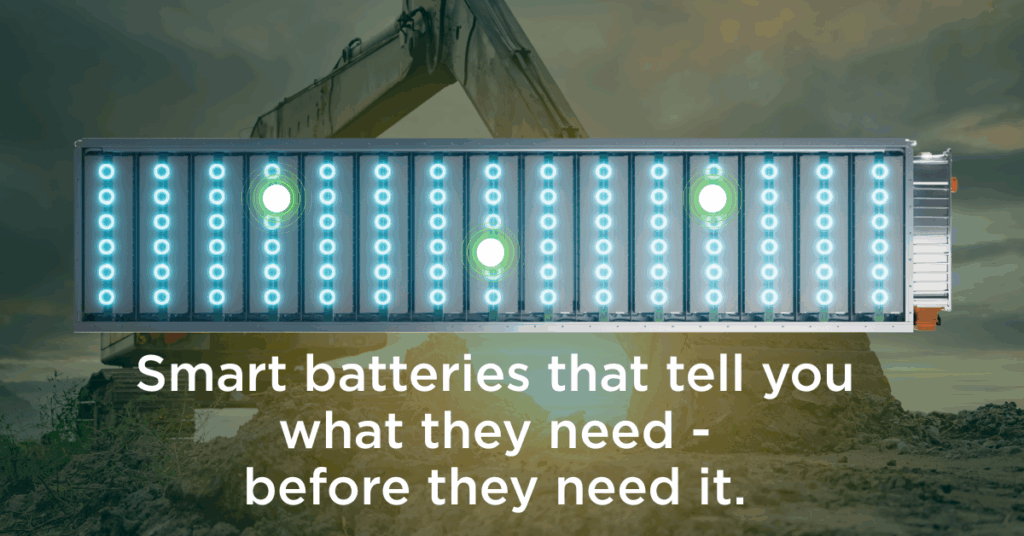
Don't Overlook Safety and Compliance
Heavy-duty equipment operates in environments where failure isn't just inconvenient, it's dangerous. Your battery pack must meet rigorous safety standards while delivering the performance your operation demands.
Certification Standards: Look for batteries tested and certified to relevant safety standards, including SAE J2929, UN 38.3, and ISO 20653. These certifications verify that the battery has undergone extensive testing for thermal, electrical, and mechanical safety.
Protection Systems: Multiple layers of protection, overcurrent, overvoltage, thermal runaway prevention, are non-negotiable in industrial applications. These systems must work seamlessly to protect both people and assets.
Regulatory Compliance: If you're operating equipment with federal funding or on government contracts, battery solutions must meet requirements like Build America Buy America (BABA). Domestic manufacturing and supply chain transparency aren't just preferences; they're often mandated and smart for a resilient supply chain.
Partner with Proven Expertise
Choosing the right battery pack isn't a transaction; it's the beginning of a partnership. The supplier you select should bring deep application knowledge, engineering support, and long-term service capabilities that extend far beyond the initial purchase.
Generic battery solutions rarely perform optimally in specialized heavy-duty and industrial environments. You need a partner who understands the unique challenges of your industry and has the engineering capabilities to deliver tailored solutions.
Consider the total cost of ownership, not just the upfront price. A lower-cost battery that requires frequent replacement or causes operational downtime costs far more than a premium solution that delivers consistent performance over its entire service life.
Making Your Decision
Selecting the right battery pack for industrial equipment requires balancing multiple factors - performance, integration, safety, cost, and supplier capabilities. The goal isn't to find the battery with the highest specifications on paper. It's to identify the solution that delivers reliable performance in your specific application while providing the operational flexibility and long-term value your business demands.
At Proterra, we engineer battery solutions specifically for the challenges of heavy-duty and industrial applications. Our batteries are designed to perform in the toughest conditions, backed by the expertise and support that comes from powering thousands of commercial vehicles in real-world operations. We don't just sell batteries, we power our customers' zero-emission initiatives by providing innovative battery solutions for the most demanding applications.
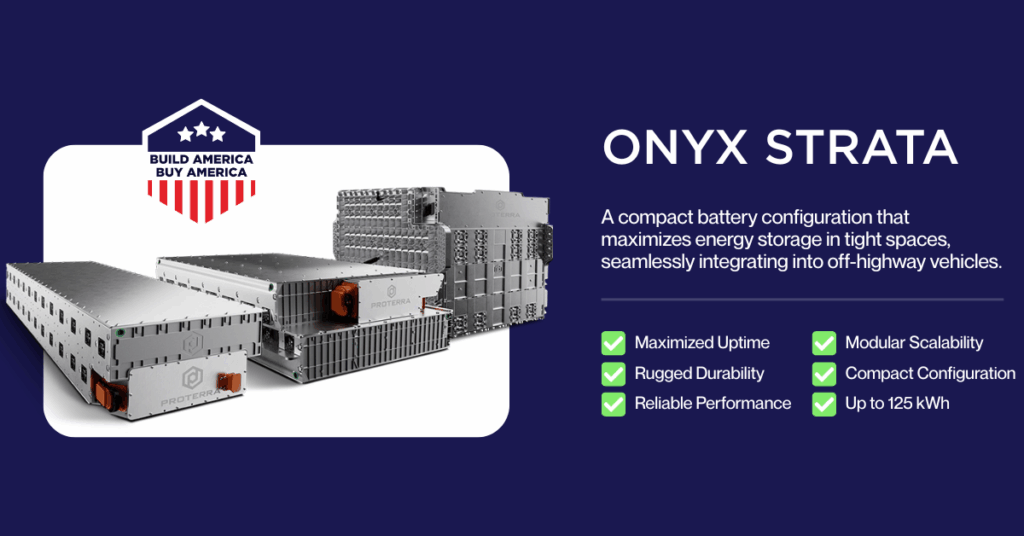
Ready to Electrify? Find the Right Battery Today
Choosing the right battery pack starts with understanding your unique operational needs, and continues with a partner who has the expertise to deliver solutions that perform. Proterra's Onyx series battery systems are engineered for industrial applications, combining proven performance with the integration support your electrification project demands.
Let's discuss your equipment. Our team is ready to help you evaluate your requirements and design a battery solution that delivers the power, reliability, and longevity your operation needs.
Contact our team to start the conversation about your electrification goals.
Stay up to speed as we power the future of electrification
Get company updates, new product announcements, and essential industry news delivered straight to your inbox.
